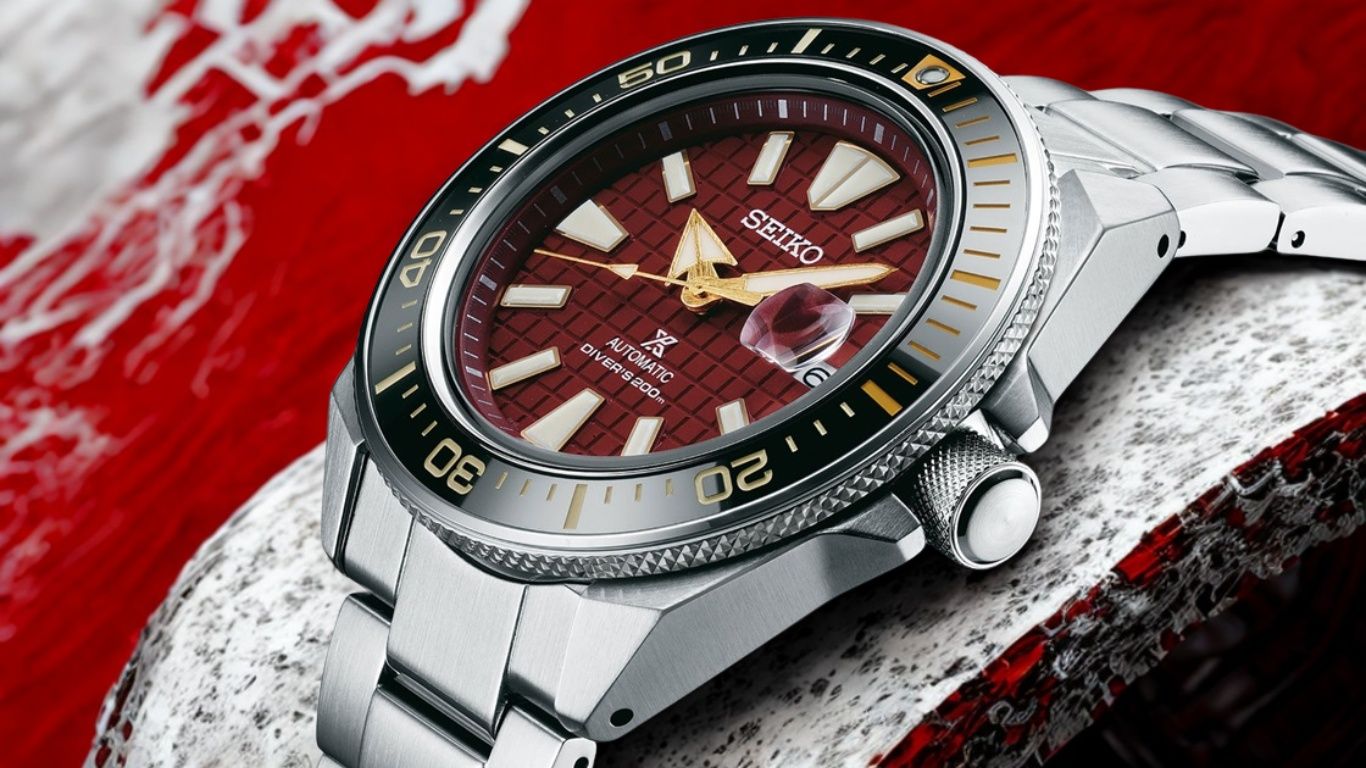- The Luxury Playbook Weekly Round-up
- Posts
- Weekly Round-up
Weekly Round-up
Actionable intelligence, not noise.
Agenda
Spotlight
Fine Assets
Real Estate
Equities

The Greek Property Market Is Not A Bubble & Investors Know It
The Greek property market has been one of the most closely watched real estate stories in Europe over the past few years. What was once considered a distressed market during the debt crisis is now attracting some of the world’s most active investors.
In 2025, Greece has firmly positioned itself as a hotspot for both private buyers and institutional capital, with demand showing no signs of slowing.
The momentum is not just speculative—it is backed by structural shifts in the economy, tourism growth, and international investor confidence. According to the Bank of Greece, residential property prices rose by 13.4% year-on-year in 2024, continuing a trend of double-digit growth that started in 2022.
This is especially striking when compared to many Western European markets, where price growth has slowed or even reversed due to rising interest rates.
Global investors are paying attention. From pension funds exploring commercial assets in Athens to high-net-worth individuals buying luxury homes in Mykonos and Crete, capital inflows are broadening. The Hellenic Statistical Authority reported more than €2.1 billion in foreign direct investment in Greek real estate in 2024, the highest figure since records began.
As George Chrysochoidis, a leading Athens-based developer, recently commented, “Greece is no longer seen as a recovery market. It’s now seen as a growth market with strong fundamentals.”
For investors, this means Greece is not just a lifestyle-driven destination but also a serious opportunity for long-term returns.

Why Mixing Red Chip and Blue Chip Art Can Maximize Returns
The art market in 2025 is no longer divided simply between established masters and unknown newcomers—it is now shaped by two powerful categories: red chip art and blue chip art.
Red chip art refers to works by emerging, often younger artists who gain rapid market attention, sometimes fueled by social media or influential galleries. Blue chip art, by contrast, includes works by globally recognized names—Picasso, Warhol, Basquiat—that carry decades of proven value and demand at auction.
Investors are paying closer attention to this divide because it reflects not just artistic trends but also financial strategies. In 2024, for example, red chip artists saw price growth of nearly 18% year-over-year, according to Artprice, compared to a steadier 6–8% growth in blue chip works.
These figures highlight the contrasting nature of the two markets: one offering high growth but higher risk, the other offering stability and long-term appreciation.
As Philip Hoffman, founder of The Fine Art Group, once put it: “The key to art investing is balancing passion with discipline—knowing when to chase new talent and when to anchor yourself in proven names.”
This idea of balance sets the stage for why mixing red chip and blue chip art could be the smartest strategy for investors seeking both growth and security in the coming decade.
Tariff Pressures On European Imports Could Spark A Premium U.S. Wine Revival
The global wine trade has always been sensitive to shifts in politics and trade policy, and the recent tariffs introduced under the Trump administration are a prime example. By imposing duties on European imports, particularly French, Italian, and Spanish wines, the U.S. has effectively reshaped the competitive balance in the premium wine segment.
Bottles that once dominated restaurant lists and retail shelves are now arriving at higher prices, forcing both consumers and businesses to reconsider their choices.
For U.S. wine producers, however, this disruption presents a unique opportunity. With European labels facing inflated costs at the point of sale, premium American wines are suddenly in a stronger position to capture market share.
As one of our Wine Analysts recently remarked, “Tariffs may have closed one door, but they’ve opened another for U.S. producers who can now compete more directly with Bordeaux and Burgundy at price points that once seemed out of reach.”
From an investment standpoint, this creates an environment where U.S. wines, particularly those from established regions like Napa, Sonoma, and Oregon, are no longer just domestic favorites—they are being elevated on the global stage.

The Seiko Samurai Is More Than Just A Budget Dive Watch
The Seiko Samurai has built a reputation as one of the most compelling entry points into the world of serious dive watches. Initially launched in the early 2000s and later reintroduced due to strong collector demand, it offers the rugged functionality and aesthetic appeal of a professional-grade timepiece—without the price tag typically associated with luxury divers.
For many watch enthusiasts and investors, the Seiko Samurai represents more than just an affordable daily wearer. It’s a gateway into the broader dive watch category, offering strong brand heritage, a robust design, and the potential for certain limited editions to gain value over time.
As George Bamford, founder of Bamford Watch Department, has noted, “Collectors are increasingly valuing watches that combine authenticity, usability, and strong design language—whether they cost $500 or $50,000.”
The Samurai fits that bill perfectly, bridging the gap between practicality and collectability.
In recent years, its popularity has surged thanks to growing interest in mechanical watches from a younger audience, the rise of online watch communities, and Seiko’s ability to consistently deliver well-executed special editions.
This blend of mass appeal and niche collector interest is precisely what makes the Samurai an intriguing subject—not just for those who wear their watches, but also for those who view them as part of a diversified investment portfolio.
Barcelona Real Estate Market Overview & Forecast (2025 & 2026)
Barcelona’s Real Estate Market in 2025 presents a multifaceted investment environment defined by solid demand, constrained housing supply, and increased regulatory scrutiny. As one of Europe’s most internationally recognized cities for lifestyle, tourism, and business, Barcelona remains a top-tier destination for property investors—offering long-term potential in both capital appreciation and rental performance.
Average housing prices across the city have increased significantly over the past decade, with current market values reaching approximately €4,380 per square meter. While some price moderation occurred in 2023 due to inflation and interest rate hikes, the market rebounded in 2024, led by continued demand in both prime central and coastal districts.
Foreign capital remains active, particularly in Eixample, Gràcia, and Diagonal Mar.
However, Barcelona also presents challenges that investors must navigate carefully. The implementation of rent caps, ongoing short-term rental restrictions, and affordability-driven political pressure have altered investment strategies—pushing more buyers toward long-term leasing and value-add renovation projects.
Trump’s 401(k) Crypto Order Could Change Retirement Investing Forever
President Donald Trump’s latest executive order allowing cryptocurrencies in 401(k) retirement plans is more than just a headline-grabber—it could be a turning point in how Americans invest for the future.
For decades, retirement accounts like 401(k)s have been largely restricted to traditional assets such as stocks, bonds, and mutual funds. Now, digital assets like Bitcoin and Ethereum could be added to the mix, potentially rewriting the rules of long-term wealth building.
The timing is also significant. Cryptocurrency adoption in the U.S. has steadily increased, with a 2024 Pew Research survey showing that 17% of Americans have owned crypto at some point, compared to just 1% a decade ago. Meanwhile, the market value of all cryptocurrencies is hovering above $2.5 trillion, demonstrating that digital assets are no longer a fringe investment.
Industry experts believe this policy shift could mark the start of a new era in retirement planning.
As Anthony Pompliano, a well-known crypto investor, put it: “This is the first time average Americans will have the option to add the world’s fastest-growing asset class to their retirement accounts. That’s a big deal.”
If implemented carefully, this crypto order could offer investors more choice, potentially higher returns, and exposure to an asset class that behaves differently from stocks and bonds. However, with opportunity comes risk—especially in a market as volatile and unpredictable as crypto.
At The Luxury Playbook, we don’t follow the market—we analyze it, decode it, and stay ahead of it.”